The legend of the Pharaoh's Curse has captivated imaginations for over a century, weaving a tale of mystery, death, and supernatural retribution. It all began with the discovery of Tutankhamun's tomb in 1922 by British archaeologist Howard Carter. The untouched burial chamber, filled with golden treasures and ancient artifacts, seemed like a dream come true for historians. Yet, the subsequent deaths of several individuals connected to the excavation sparked rumors of a deadly curse. The media frenzy that followed turned the story into a global sensation, blurring the lines between fact and folklore.
The Discovery That Shook the World
When Howard Carter and his team first breached the tomb's sealed doorway, they had no idea they were stepping into history—and controversy. The tomb's pristine condition suggested it had remained undisturbed for over 3,000 years. Among the treasures was the iconic golden mask of Tutankhamun, a masterpiece of ancient craftsmanship. However, the excitement was soon overshadowed by strange occurrences. The most famous incident involved the death of Lord Carnarvon, the expedition's financier, who succumbed to an infected mosquito bite mere months after the tomb's opening. Newspapers sensationalized his death, linking it to a supposed curse inscribed near the tomb's entrance: "Death shall come on swift wings to him who disturbs the peace of the King."
A Wave of Unexplained Deaths
Lord Carnarvon's demise was just the beginning. Over the next decade, several others associated with the excavation met untimely ends. Carter's personal secretary, Richard Bethell, died under mysterious circumstances, and his father later committed suicide. Even more chilling was the death of George Jay Gould, a wealthy financier who visited the tomb and died of pneumonia shortly after. Skeptics dismissed the curse as coincidence, but the public remained enthralled. The deaths fueled speculation about ancient Egyptian magic and the possibility that the pharaoh's resting place was protected by supernatural forces.
The Science Behind the Superstition
Modern researchers have offered more grounded explanations for the so-called curse. Some suggest that toxic mold or bacteria, dormant for millennia, may have infected those who entered the tomb. Others point to the psychological power of suggestion—when people expect misfortune, they may unconsciously invite it. Interestingly, Howard Carter, the man who arguably disturbed the pharaoh's peace the most, lived for another 16 years after the discovery. This fact alone casts doubt on the curse's validity. Yet, the romantic allure of a vengeful pharaoh's spirit continues to overshadow rational explanations.
The Curse in Popular Culture
The Pharaoh's Curse transcended archaeology to become a staple of horror fiction and Hollywood. Films like "The Mummy" (1932) and its remixes played up the idea of ancient curses reawakening. The trope of explorers suffering supernatural consequences for tampering with sacred relics persists in books, video games, and even theme park rides. This cultural obsession speaks to humanity's enduring fascination with the unknown and our primal fear of retribution from beyond the grave. The curse may not be real, but its grip on our collective imagination is undeniable.
Legacy of the Curse Today
In the 21st century, the Pharaoh's Curse endures as both a cautionary tale and a marketing tool. Museums hosting Egyptian exhibits often play up the curse angle to attract visitors. Meanwhile, archaeologists now take precautions like wearing protective gear when opening ancient burial sites—not out of fear of curses, but to guard against potential biological hazards. The story of Tutankhamun's curse reminds us that some legends, no matter how debunked, never truly die. They simply adapt, finding new life in an ever-changing world hungry for mystery.

By Grace Cox/Apr 28, 2025
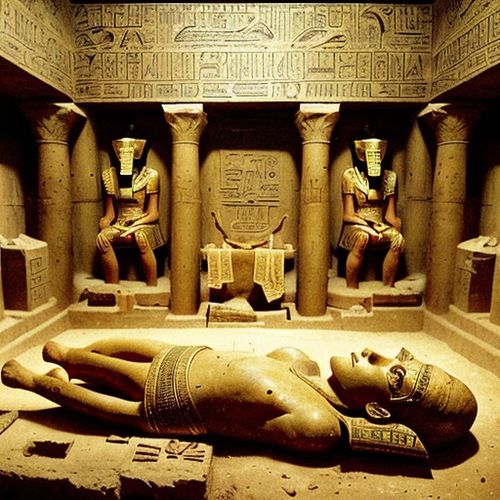
By Emma Thompson/Apr 28, 2025

By Christopher Harris/Apr 28, 2025
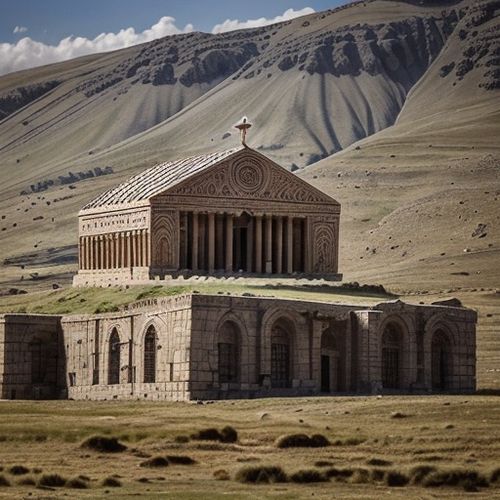
By Lily Simpson/Apr 28, 2025

By Olivia Reed/Apr 28, 2025

By Christopher Harris/Apr 28, 2025

By Amanda Phillips/Apr 28, 2025

By Daniel Scott/Apr 28, 2025

By Jessica Lee/Apr 28, 2025

By James Moore/Apr 28, 2025
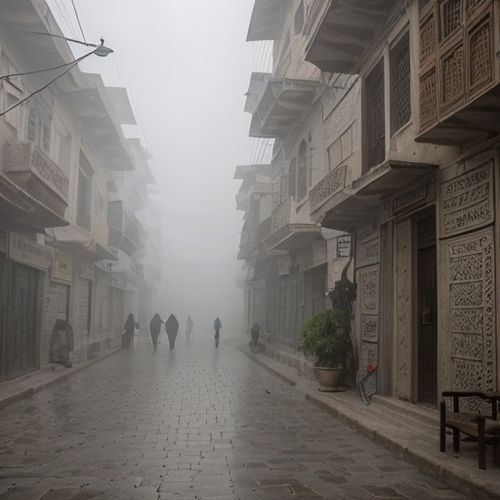
By Grace Cox/Apr 28, 2025

By Emily Johnson/Apr 28, 2025
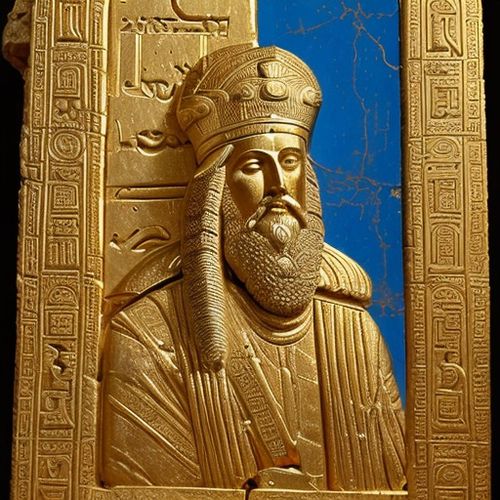
By Thomas Roberts/Apr 28, 2025

By Amanda Phillips/Apr 28, 2025

By Daniel Scott/Apr 28, 2025

By William Miller/Apr 28, 2025
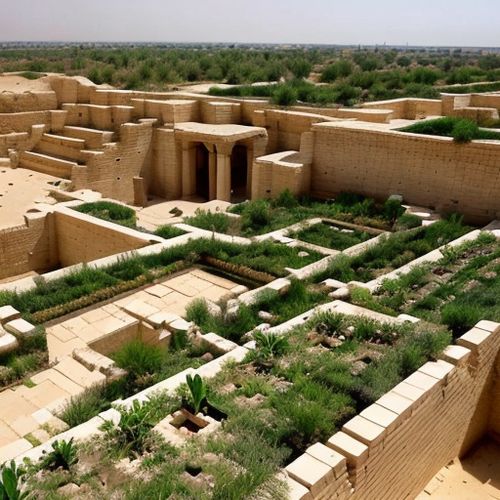
By Joshua Howard/Apr 28, 2025

By Amanda Phillips/Apr 28, 2025

By Natalie Campbell/Apr 28, 2025
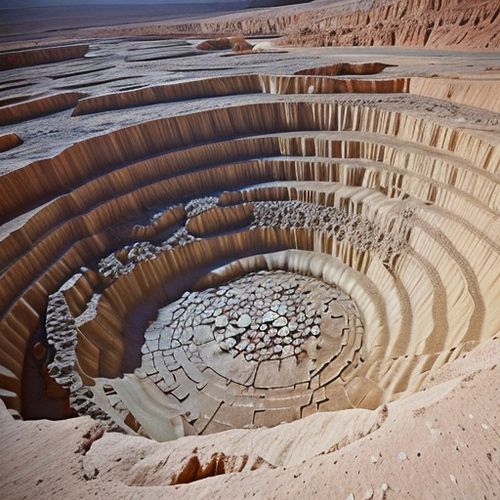
By Natalie Campbell/Apr 28, 2025